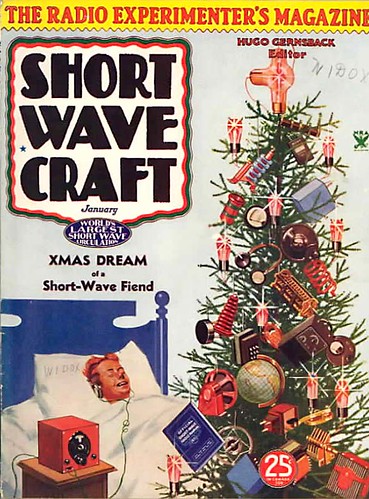8. PILEUPS
Once bitten by the DX chasing bug, you will frequently enter PILEUPS. When a rare DX station appears on the bands he quickly will raise a large group of amateurs wanting to work him. At the end of a QSO the crowd starts calling the DX station instantaneously and all stations call on top of each other. This is called a ‘pileup’.
Not only rare resident DX stations generate pileups. Quite often DXpeditions are organized to activate countries (entities) where ham radio is almost non-existent or to uninhabitated islands. The purpose of these expeditions is to contact as many hams worldwide in a short timespan. Obviously contacts with these expeditions should be AS SHORT AS POSSIBLE in order to give as many people as possible a shot at a new one. Hence, the expedition operator is not interested in your QTH, equipment or name of your dog.
What is the best way to get as quickly as possible in the log of a rare DX station or DXpedition?
LISTEN LISTEN and then LISTEN again.
And, why should I listen? Because those not listening won’t be as successful.
Indeed, by careful listening an operator will have more success in breaking through a pileup and log the rare DX faster.
By listening, one gets acquainted with the behavior of the DX station and the rhythm in which he works. Also you will find out if the DX works SPLIT. During the listening period you have ample time to check and doublecheck the send and receive parts of your station:
* correct choice of antenna?
* SPLIT function activated?
* Transmitter (and amplifier) correctly tuned on a CLEAR frequency?
Often this last part is done ON the frequency of the DX station! Bad! This results in a reaction by the so called ‘COPS’ (see chapter 12) and spoils the pleasure of many because the DX station can’t be heard anymore.
* Before making any attempt to transmit: be sure you heard the DX station’s callsign correctly.
We often enter a pileup following a spot from a DX Cluster. Often the spot is incorrect! Make sure you heard the callsign of the DX correctly. This will prevent you from receiving the much feared return QSL card with the message ‘NOT IN LOG’, ‘NON EXISTING CALL’ or ‘NOT ACTIVE THAT DAY’.
An experienced DX station will turn to SPLIT operation if he perceives too many stations are calling and the pileup becomes unmanageable. By working SPLIT his transmit frequency stays clear and the callers will hear him well.
A not so experienced DX station will continue working SIMPLEX and finally goes QRT because he can’t control the pileup anymore.
In such a situation, you yourself can play an important role during your QSO with the DX station. Gently suggest to him the time has come to switch to SPLIT operation (of course only if there are too many callers!). The other DXers will be grateful if you manage to persuade the DX station to change to SPLIT mode!

